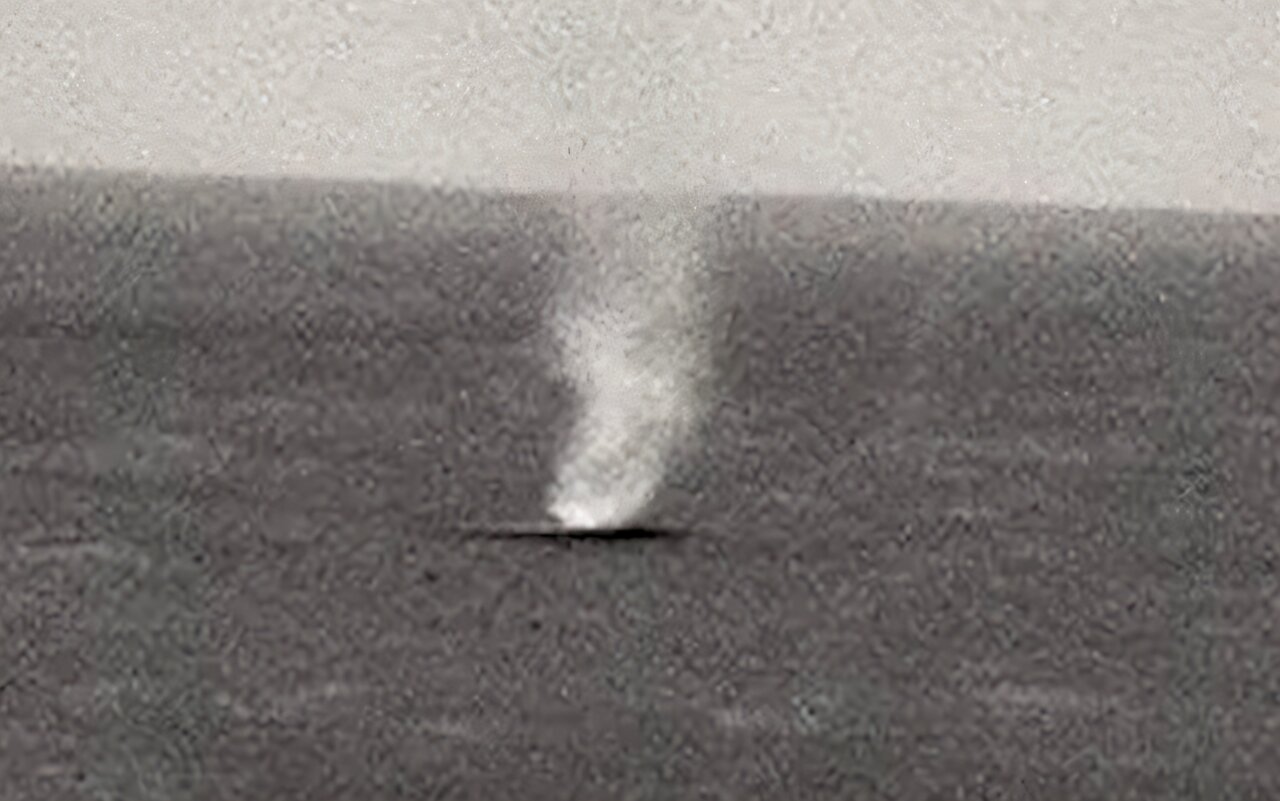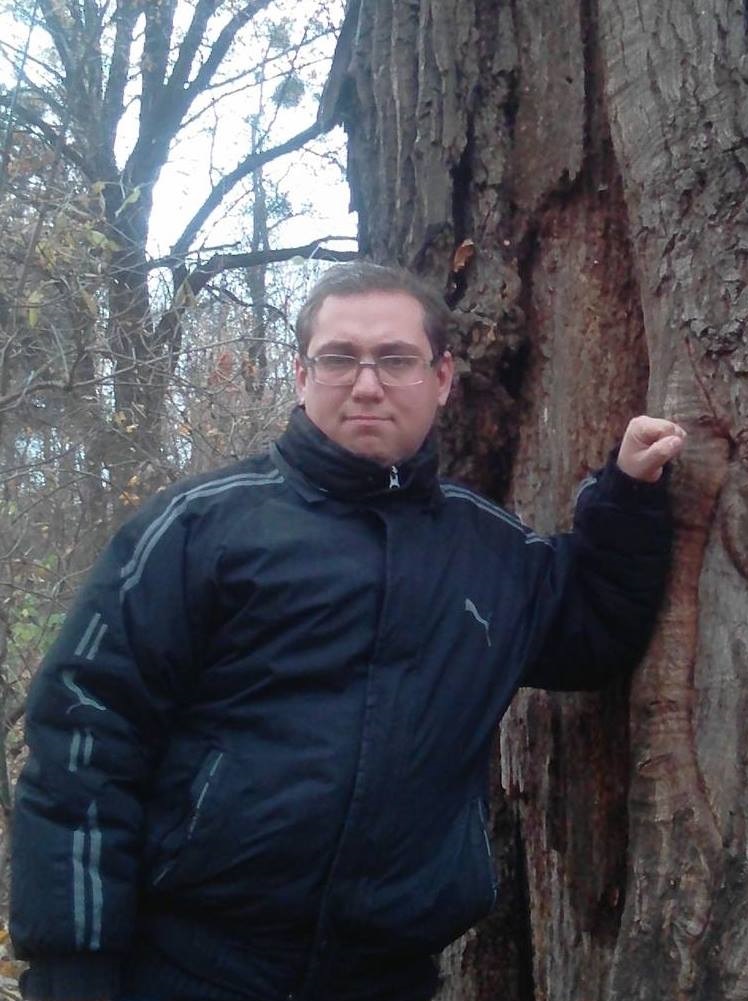The Perseverance Mars rover recently witnessed an amazing phenomenon. It has repeatedly observed small tornadoes, called “dust devils,” on the surface of the red planet. Recently, it observed one of them swallowing the other.

Perseverance visualization experiment
The six-wheeled explorer recently recorded several mini twisters of the Red Planet circling the edge of Jezero Crater.
This short video, captured by the navigation camera aboard NASA’s Perseverance rover, shows a Martian dust devil swallowing a smaller one.
These swirling, sometimes high columns of air and dust are common on Mars. The demise of the smaller dust devil was recorded during an imaging experiment conducted by the Perseverance science team to better understand the forces at work in the Martian atmosphere.
See the dust devil
When the rover took images from about 1 kilometer away, the larger dust devil was about 65 meters wide, while the smaller dust devil that followed it was about 5 meters wide.
Two other dust devils can also be seen in the background left and center. Perseverance recorded this scene on January 25 while exploring the western edge of Jezero Crater on Mars at a place called Witch Hazel Hill.
“Convective vortices—aka dust devils—can be rather fiendish,” said Mark Lemmon, a Perseverance scientist at the Space Science Institute in Boulder, Colorado. “These mini-twisters wander the surface of Mars, picking up dust as they go and lowering the visibility in their immediate area. If two dust devils happen upon each other, they can either obliterate one another or merge, with the stronger one consuming the weaker.”
Vortex science
Dust devils are formed by the rise and rotation of columns of warm air. Air near the planet’s surface is heated by contact with the warm ground and rises up through a denser, colder layer of air. When other air moves along the surface to take the place of the rising warm air, it begins to rotate. As the incoming air rises into the column, it picks up speed, like a spinning skater bringing his arms closer to his body. The air rushing in also picks up dust, and a dust devil is born.
“Dust devils play a significant role in shaping weather patterns on Mars,” said Katie Stack Morgan, a project scientist on the Perseverance rover project at NASA’s Jet Propulsion Laboratory in Southern California. “Studying dust devils is important because these phenomena indicate atmospheric conditions, such as prevailing wind directions and speeds, and are responsible for about half of the dust in the Martian atmosphere.”
History of dust vortex research
Perseverance has taken many pictures of the vortices since landing in 2021, most notably on September 27, 2021, when a swarm of dust devils danced at the bottom of Jezero Crater, and the rover used the SuperCam microphone to record the first sounds of a Martian dust devil.
NASA’s Viking orbiters in the 1970s were the first spacecraft to photograph Martian dust devils. Two decades later, the agency’s Pathfinder mission photographed one from the surface for the first time and even detected a dust devil flying over the lander. The twin Mars rovers Spirit and Opportunity have managed to capture their portion of dust whirlwinds. Curiosity, which explores an area called Mount Sharp in Gale Crater on the opposite side of the Red Planet from Perseverance, also sees them.
It takes a certain amount of luck to capture an image or video of a dust devil with a spacecraft. Scientists can’t predict when they will appear, so Perseverance makes regular observations in all directions. When scientists see them appearing more frequently at certain times of day or approaching from a certain direction, they use that information to focus their monitoring and try to catch additional vortices.
According to phys.org


